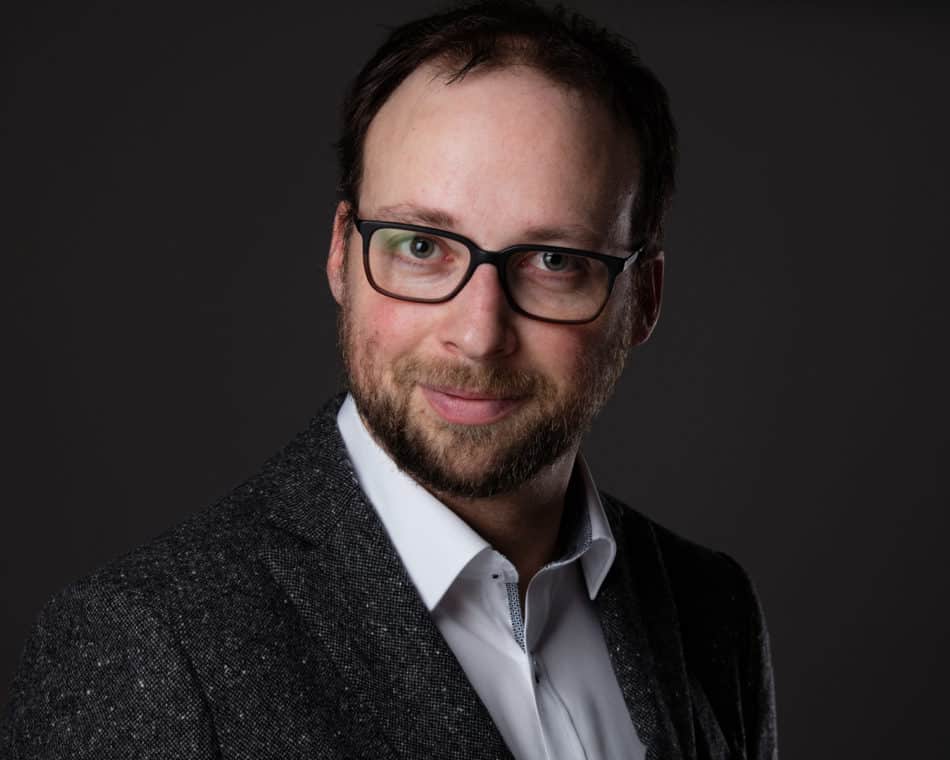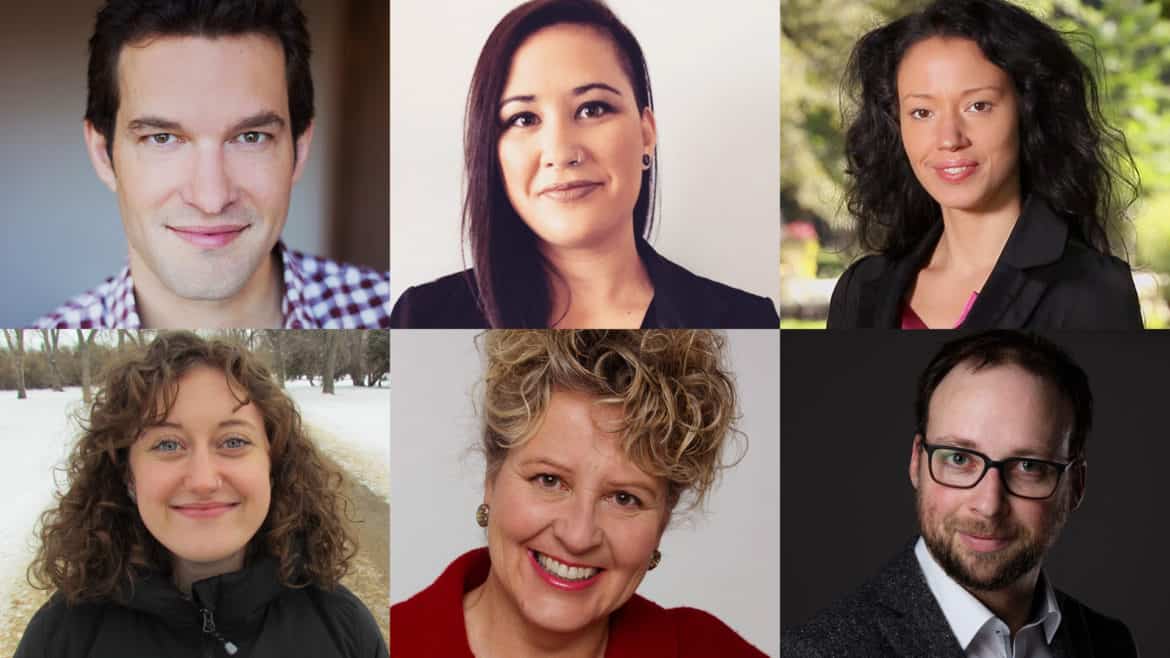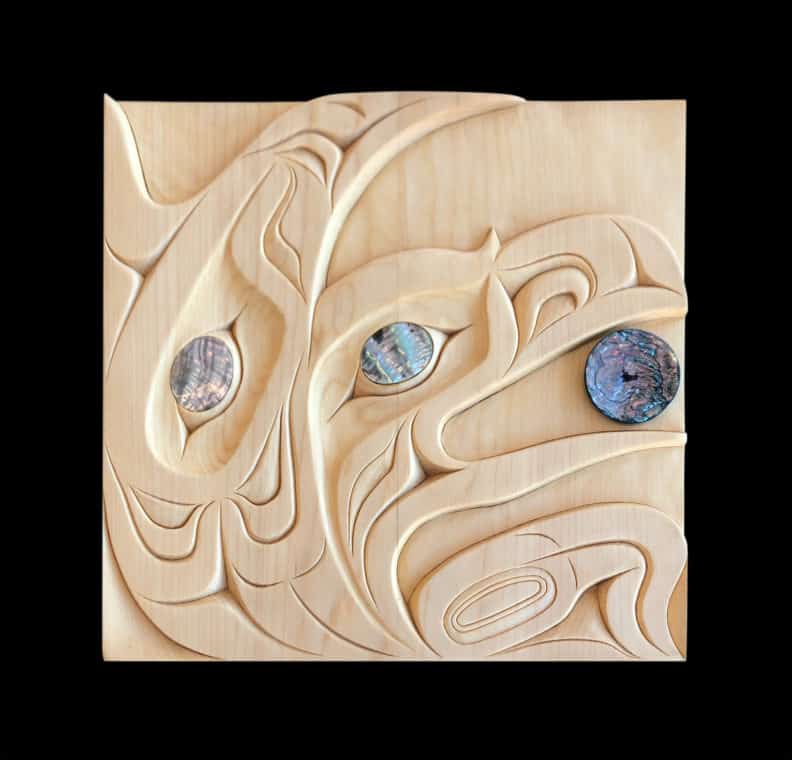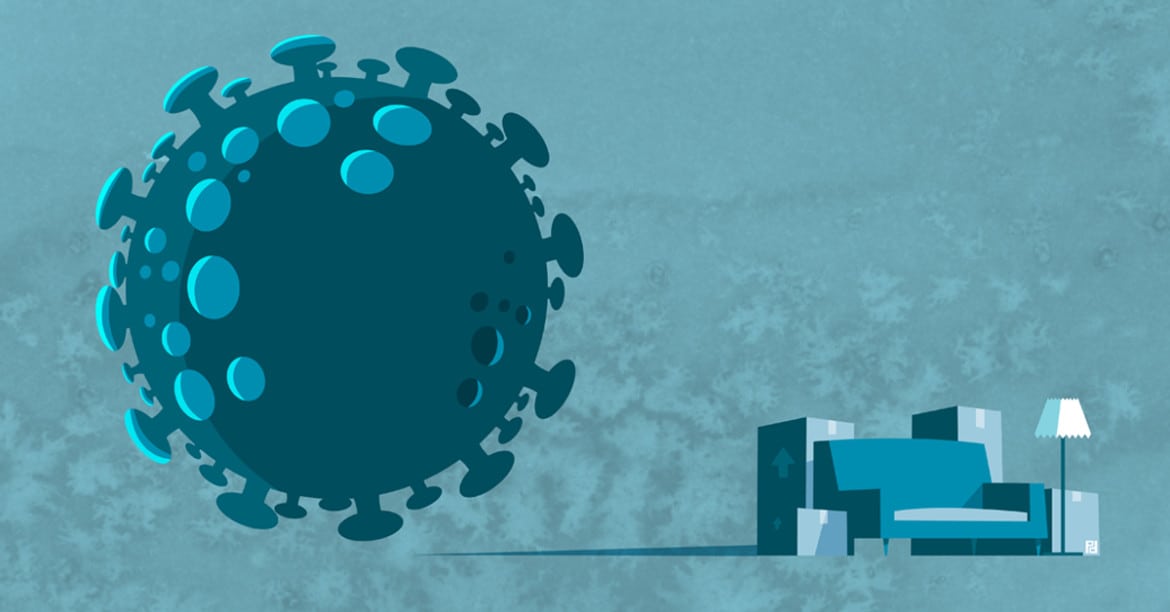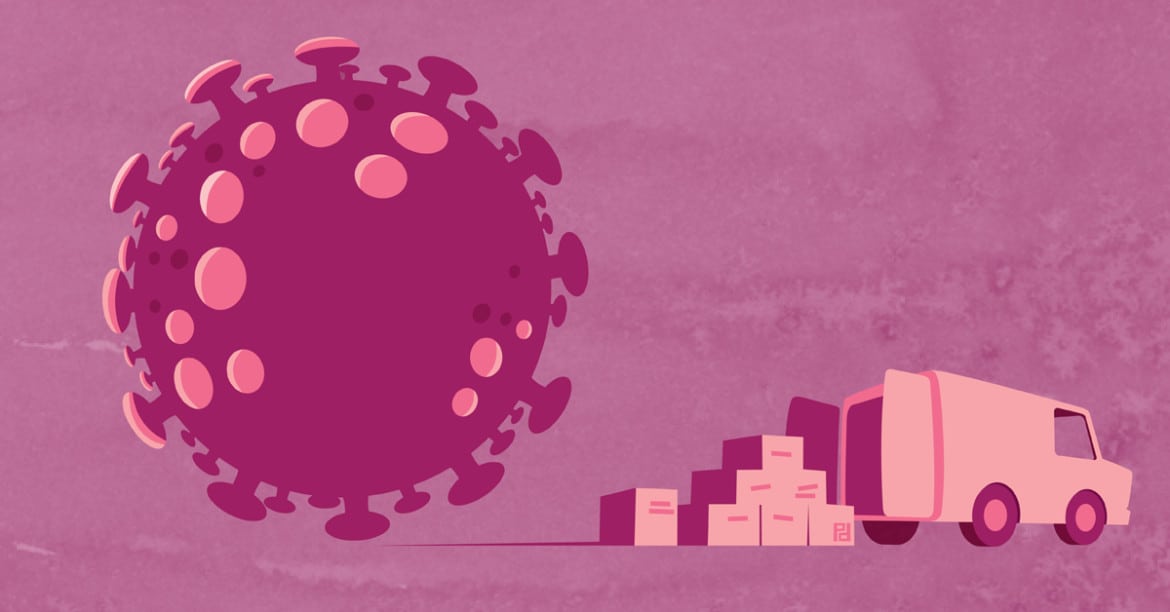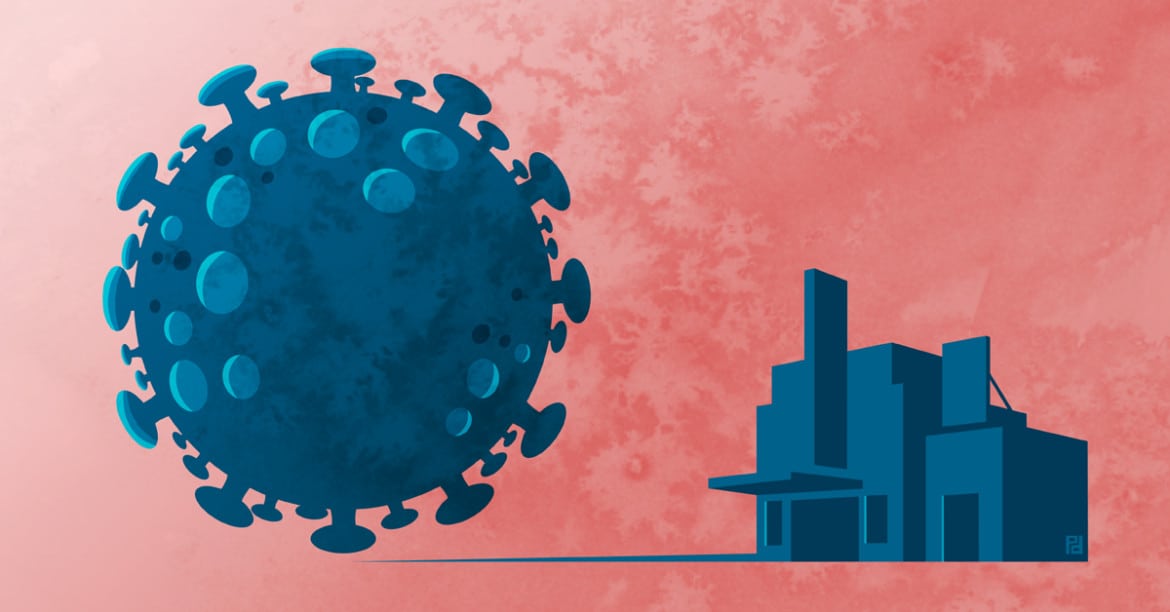Sylvain A. Lefèvre : Le Bâtiment 7, les fondations philanthropiques, et les universités – histoire d’une mise en commun
Ce texte fait partie d’une série d’entretiens menés auprès de six chercheurs de la communauté PhiLab sur leurs différents objets d’étude.
